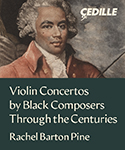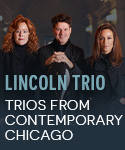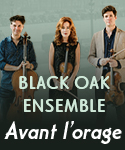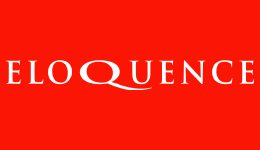This pairing of two of the most popular violin concertos played in concert by one of the last century’s greatest violinists will be a mandatory purchase for admirers of Bronislaw Huberman and for violin buffs who prefer fiery intensity to polished elegance. It’s said that Huberman (1882-1947) played the Brahms Concerto for the composer, who proclaimed the 14-year-old boy a genius. As pedigrees go that one is impressive indeed. Even if it’s apocryphal, the work was featured on Huberman’s concert programs throughout his life. That often can lead to routine run-throughs, but nothing Huberman did was routine; this 1944 performance is shot through with commitment. If you insist on perfection and have little patience with the triumph of spirit over matter, you may not be enthralled by the violinist’s awkward technique, rough spots, and occasional tonal harshness. But such considerations are trumped by the vigorous drama he milks from every note. There’s an outsized personality at work here, and it’s thrilling to hear. Artur Rodzinski and the orchestra match Huberman, playing with loving commitment in the Adagio and passion in the outer movements.
The same applies to the 1946 Tchaikovsky, once available on Music and Arts paired with the Mozart Fourth Concerto. Huberman made a famous recording of the work in 1928 with William Steinberg and the Staatskapelle Berlin, available in good transfers on Naxos and APR. Live in concert nearly two decades later, this performance is cut from the same cloth but with an extra dollop of fire–and similar technical failings apparent in the Brahms, such as the occasional tonal roughness. There’s plenty of Grand Romantic Violinism here, full of the rubatos and slides that sound decidedly old-fashioned to modern ears. Rhythms are emphatic and melodies are stated with portamento-peppered expressive freedom. Huberman invests the Andante with a wide range of tonal colors and plays with great inwardness, while the final Allegro is full of dashing bravura.
Maggi Payne, credited with “technical reconstruction” of the source material, has done her usual superb job; despite some inevitable distortion, there’s presence to the violin, and the orchestra has body and detail unexpected in old broadcast material. Music and Arts has added to the period flavor by including audience applause after the first movements of both concertos, a common practice in those times. The header lists the orchestras as they are identified on the disc; it’s obviously the New York Philharmonic. There are many excellent recordings of both of these warhorses and most collectors already will have multiple versions of them, but these are really special.
































